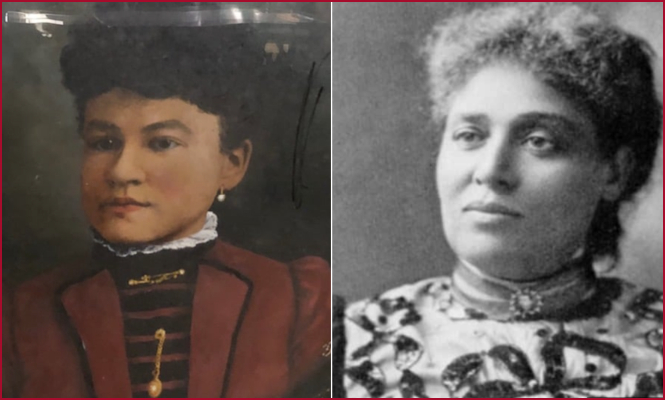A remarkable Black history discovery has been unearthed in Demopolis, Alabama, shedding light on the legacy of Black medical pioneers during the Jim Crow era.
A hidden portrait of Margaret Murray Washington, the widow of Booker T. Washington, was recently identified after being found in the attic of a home that once served as a hospital for Black patients.
The revelation makes a strong case for preserving untold stories that can inspire future generations.
The Lost History of Juanita Coleman’s Hospital

The building where the portrait was found once housed the Juanita Coleman Hospital, an institution established by its namesake, Juanita Coleman, a Black woman who founded the hospital in Alabama nearly a century ago.
During the Jim Crow era, Black doctors were barred from working in white hospitals, and Black medical professionals faced overwhelming barriers to providing care for their own communities. Coleman’s hospital was a bold act of defiance and resilience, offering medical services to Black patients at a time when segregation and discrimination severely limited access to healthcare.
Among those who worked at the hospital was Inez Taylor, a registered nurse and head nurse at the facility. Despite Taylor’s pivotal role, her family was unaware of this chapter of their history until recent research unearthed it. The story of the hospital and its founder had largely been lost to time, until a surprising discovery in the attic reignited interest in this powerful legacy.
A Mystery Portrait and a Historic Connection

For years, a portrait found in the attic of the former hospital had been displayed at the Marengo County Museum, but the identity of the woman in the painting remained unknown. While the hospital’s namesake, Juanita Coleman, was a central figure in Black medical history, it became clear that the woman in the portrait was someone else.
During an in-depth investigation into the history of the Juanita Coleman Hospital, a researcher compared the portrait to historical photographs of Margaret Murray Washington, a renowned educator, activist, and the third wife of Booker T. Washington.
Washington was a leading figure in Alabama and across the country, advocating for the education and empowerment of Black women. By comparing images, researchers were able to confirm that the unknown woman in the portrait was indeed Mrs. Washington.
The Legacy of Margaret Murray Washington
Margaret Murray Washington was a transformative leader in her own right, playing a vital role in Black education and social reform. As the principal of Tuskegee Institute’s Women’s Division, she championed vocational training and self-reliance for Black women, mirroring the institution’s broader mission under Booker T. Washington’s leadership. She was also a prominent figure in the National Association of Colored Women and other organizations dedicated to uplifting the Black community.
Her connection to the Juanita Coleman Hospital makes this historic discovery even more intriguing. Washington’s support and mentorship of Black professionals like Coleman demonstrate the deep networks of advocacy and leadership that sustained Black communities despite systemic oppression. Her presence at the dedication of the hospital further cements her role in advancing Black healthcare and education during a crucial era in American history.
Preserving Black History for Future Generations
The rediscovery of this portrait serves as a powerful reminder that countless untold Black history stories remain hidden, waiting to be uncovered. The identification of Margaret Murray Washington’s portrait is not just a fascinating historical find—it is a call to action for researchers, historians, and communities to continue investigating and preserving Black history.
As Black History Month is celebrated, this discovery highlights the importance of recognizing and honoring the contributions of Black pioneers like Juanita Coleman and Margaret Murray Washington. Their work laid the foundation for future generations, and their stories deserve to be told and remembered.
